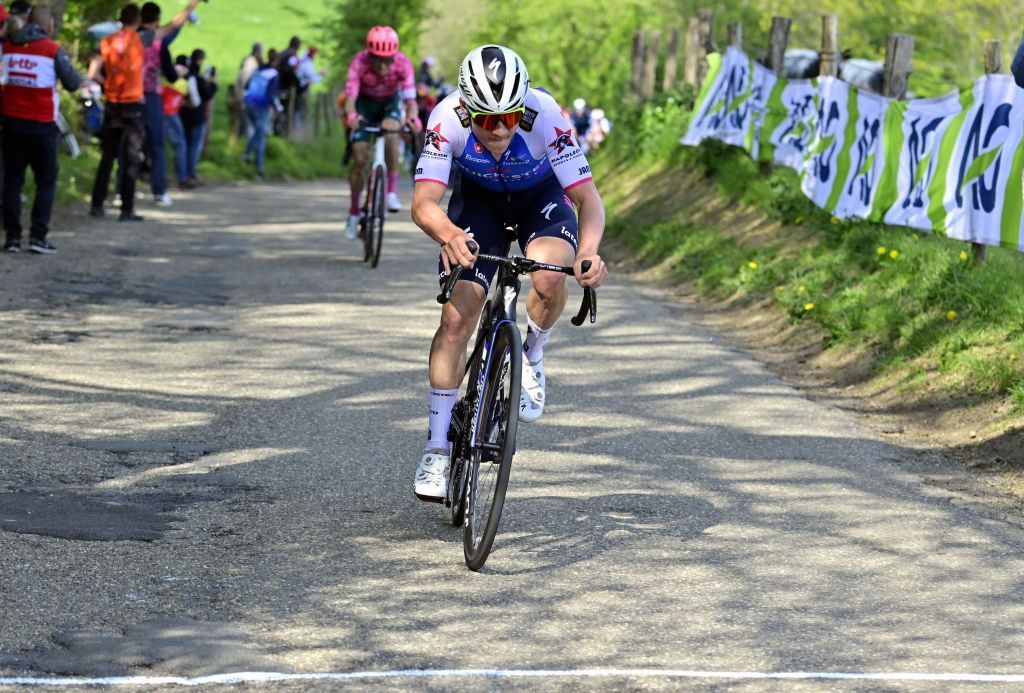“The Côte de la Redoute is a Monument within a Monument” is how Liège-Bastogne-Liège director Christian Prudhomme recently described the race’s most famous climb. La Redoute is not the steepest nor the longest of the ten to a dozen ascents included in each edition of La Doyenne but remains the focal point of the final Spring Classic of each season.
Although it was first climbed in the 1975 edition of a race which started in 1892 a sign stone the summit of the Côte de la Redoute says, “Here the greatest riders have forged their victories.”
La Redoute is not the hardest climb of Liège-Bastogne-Liège. An average gradient of a leg-burning 9.4% for 1.6 kilometres puts La Redoute behind two other frequently used Liège climbs in difficulty: the Stockeu (1 km at 12%) and the Côte de la Roche-aux-Faucons (1.3 km at 11%).
The more recently created Liège-Bastogne-Liège Femmes, now in its seventh edition, always uses this emblematic climb, and it plays a similar pivotal role as in the men’s race. La Redoute also features in the Under-23 men’s version of Liège, and puts in occasional appearances in the Tour de Wallonie, the region’s leading stage race.
What makes La Redoute so important, compared to the two harder climbs, is its position in the race. The Stockeu always forms part of an early trio of ascents (Wanne – Stockeu – Haut-Levée) tackled in rapid succession and which combine to lift the curtain on the crucial last 80 kilometres of Liège. As for the recently introduced Roche-aux-Faucons, it provides one last opportunity for the climbers to blast away on their favoured terrain before the definitive drop back to Liège.
La Redoute, on the other hand, set midway between prelude and final conclusion, is like the main act of a play. It won’t tell us who’ll be lighting up cigars and knocking back the champagne in the five-star hotel in the last scene and who’ll be down on their luck and out on the street. But La Redoute pinpoints who the main actors of the afternoon’s entertainment in Liège will be, and what kind of plans (then mislaid or not) they have for their future.
Where La Redoute best played out that role as the main scene-setter was unquestionably the 1999 edition of Liège-Bastogne-Liège. In what was arguably the hugely controversial Belgian champion Frank Vandenbroucke’s finest racing moment, he and Italian Classics rival Michele Bartoli went toe to toe, a couple of metres apart but never so much as glancing at the other,…
Click Here to Read the Full Original Article at CyclingNews RSS Feed…

